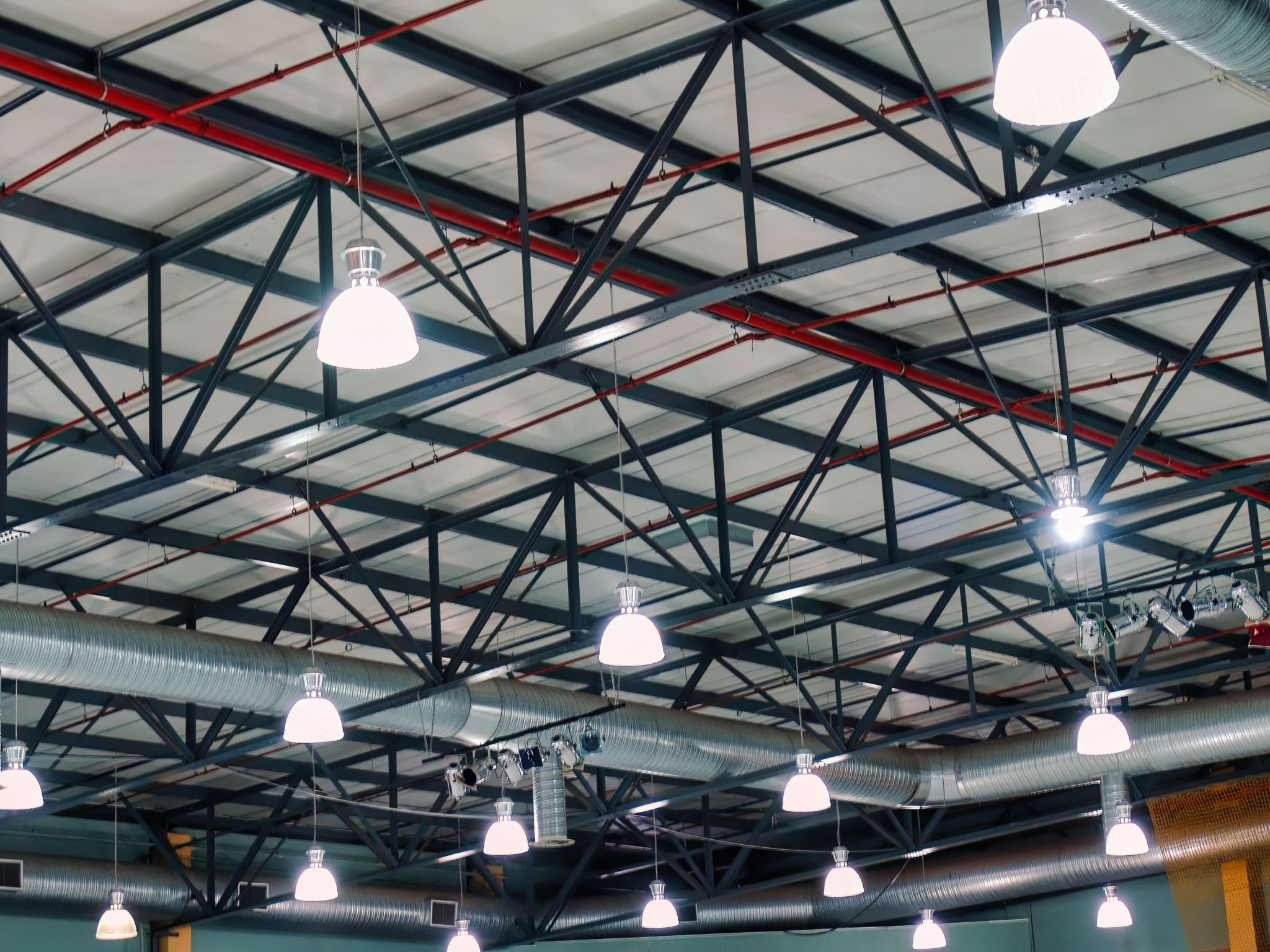Transforming Minimalist Warehouse Design Into Functional Industrial Spaces
The Rise of Minimalist Warehouse Design
In recent years, minimalist warehouse design has gained popularity, driven by the desire for simplicity and functionality. This design approach focuses on clean lines, open spaces, and a lack of clutter, making warehouses not only aesthetically pleasing but also highly efficient. By embracing minimalism, businesses can transform their industrial spaces into environments that enhance productivity and foster creativity.
One of the key elements of minimalist warehouse design is the strategic use of space. By reducing unnecessary elements, companies can create a more organized and streamlined environment. This approach not only improves the visual appeal of the warehouse but also makes it easier for employees to navigate and access necessary materials.

Incorporating Functional Elements
While minimalism emphasizes simplicity, it is crucial to incorporate functional elements that enhance the usability of the space. This can be achieved through thoughtful design choices such as modular storage solutions, flexible workstations, and efficient lighting. These elements ensure that the warehouse remains practical while maintaining a minimalist aesthetic.
Storage solutions play a significant role in transforming minimalist warehouses into functional spaces. Utilizing vertical storage options can maximize the use of space, allowing for more efficient organization of materials. Additionally, modular shelving systems can be easily reconfigured to adapt to changing needs, providing flexibility and convenience.

The Role of Lighting and Color
Lighting is another crucial factor in achieving a functional minimalist design. Natural light should be maximized wherever possible, as it not only enhances the aesthetic appeal but also reduces energy costs. Incorporating large windows or skylights can flood the space with light, creating an inviting and vibrant atmosphere.
Additionally, choosing the right color palette can significantly impact the functionality of a minimalist warehouse. Neutral tones such as whites, grays, and muted pastels can help create a calm and focused environment. These colors also serve as a blank canvas, allowing for easy customization with branding elements or seasonal decorations.

Embracing Industrial Aesthetics
Industrial design elements can seamlessly complement minimalist principles by introducing raw materials and unfinished textures. Exposed brick walls, polished concrete floors, and metal accents can add character to a space without compromising its simplicity. These features not only provide visual interest but also contribute to the durability and longevity of the warehouse environment.
To maintain functionality while embracing industrial aesthetics, it is important to balance these design elements with practical considerations. For instance, ensuring that surfaces are easy to clean and maintain will help keep the warehouse operational and efficient.

Creating Collaborative Spaces
Transforming a minimalist warehouse into a functional industrial space also involves creating areas that encourage collaboration and communication among employees. Open-plan layouts facilitate interaction and teamwork, while designated breakout areas or meeting rooms provide spaces for focused discussions.
Incorporating ergonomic furniture and amenities such as communal kitchens or lounges can further enhance employee satisfaction and productivity. By fostering a sense of community within the warehouse, businesses can create an environment that supports both individual growth and collective success.

The Future of Minimalist Warehouse Design
As businesses continue to evolve, so too will the designs of their industrial spaces. The future of minimalist warehouse design lies in its ability to adapt to changing demands while maintaining its core principles of simplicity and functionality. By embracing new technologies and innovative design concepts, warehouses can continue to thrive as productive and inspiring environments.
Ultimately, transforming minimalist warehouse design into functional industrial spaces is about striking a balance between aesthetics and practicality. With thoughtful planning and execution, businesses can create warehouses that not only look great but also support their operational needs effectively.